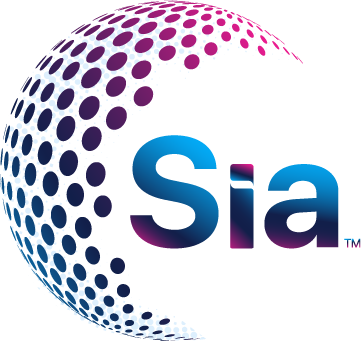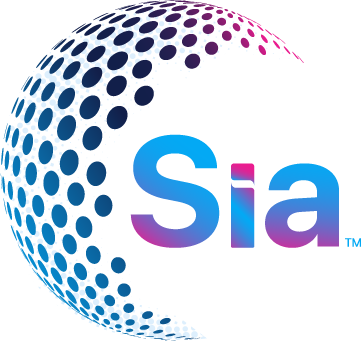AI in Higher Ed: The Strategic Moves Leaders Aren't Making

AI in Higher Ed: The Strategic Moves Leaders Aren't Making

The era of AI-powered admissions has dawned, ushering in a new paradigm for higher education institutions. As competition intensifies and the demand for efficiency grows, artificial intelligence is emerging as a formidable tool, capable of transforming the admissions and enrollment process. By leveraging AI’s advanced capabilities, institutions can streamline operations, enhance decision-making, and foster a more equitable and inclusive admissions experience.
A Deep Dive
Over 80% of higher education leaders reported using AI for enrollment management, with 85% feeling confident in their AI knowledge. A significant 75% of admissions are employing AI, showcasing its growing adoption. AI is transforming admissions and enrollment through personalized outreach, efficient application review, predictive analytics, chatbots, and data-driven decision-making. These tools empower institutions to attract and retain top-tier students, making AI an essential asset in the competitive higher education landscape.
Higher Ed Leaders and the AI Knowledge Gap
A recent survey shows that 85% of higher education leaders feel confident about using AI in admissions and enrollment, with 81% already applying AI in enrollment processes and 75% in admissions. Additionally, 65% of institutions see AI as “mission critical” or “very important” for these areas.
These figures suggest that higher education is well-positioned to leverage AI. However, a deeper look reveals gaps in understanding. When asked about specific types of AI – Conversational AI (like chatbots), Predictive AI (forecasting future trends), Generative AI (creating original content), and Prescriptive AI (recommending actions) many leaders showed limited knowledge of their distinct uses and benefits.
Despite their confidence, many institutions are not keeping pace with AI advancements. To fully realize AI’s potential, higher education must focus on closing these knowledge gaps through better education and strategic planning. This is essential for institutions to remain competitive and innovative in the evolving AI landscape.
Understanding Predictive and Prescriptive AI in Higher Ed Admissions
In today’s highly competitive higher education landscape, where institutions face a shrinking pool of prospective students, leveraging advanced technologies like predictive and prescriptive AI has become crucial. Predictive AI uses historical data to forecast future outcomes, such as a student’s likelihood to apply or enroll. By analyzing patterns in past behaviors like website visits or inquiry forms machine learning models can predict which students are most likely to engage, enabling more targeted outreach and recruitment efforts.
Prescriptive AI takes this a step further by not just predicting outcomes but recommending specific actions to influence those outcomes. For example, it can determine whether an additional scholarship or a personal call from an admissions officer would boost a student’s chances of enrolling. These insights allow institutions to optimize their strategies, allocate resources more effectively, and personalize their engagement with prospective students, enhancing their overall recruitment and enrollment processes.
The real value of predictive and prescriptive AI lies in their ability to handle vast amounts of data that would be overwhelming for human analysts. By harnessing these AI tools, higher ed institutions can make informed, data-driven decisions that increase their competitiveness in the market. Those that fail to adopt these technologies risk missing out on valuable opportunities to attract and retain students, ultimately affecting their growth and sustainability.
To fully harness the transformative potential of AI in higher education, leaders must move beyond surface-level confidence and delve deeper into understanding the strategic applications of different AI technologies. While many institutions have begun integrating AI into their admissions and enrollment processes, the true competitive edge lies in mastering tools like predictive and prescriptive AI, which offer data-driven insights and actionable strategies. By closing knowledge gaps and aligning AI adoption with their strategic goals, higher education leaders can not only enhance their decision-making processes but also create a more personalized and inclusive experience for prospective students. The future belongs to those who are proactive in making AI an integral part of their institution’s strategy before it becomes a missed opportunity.





